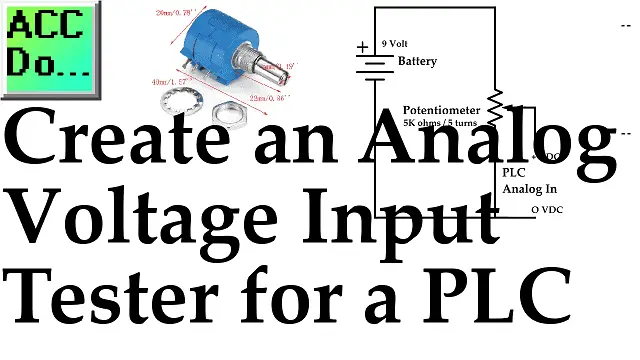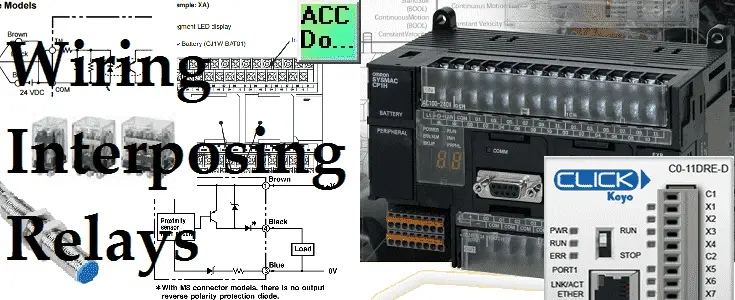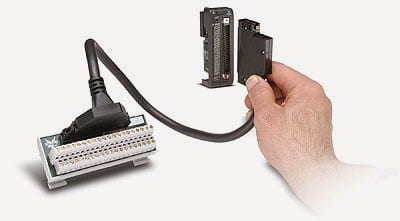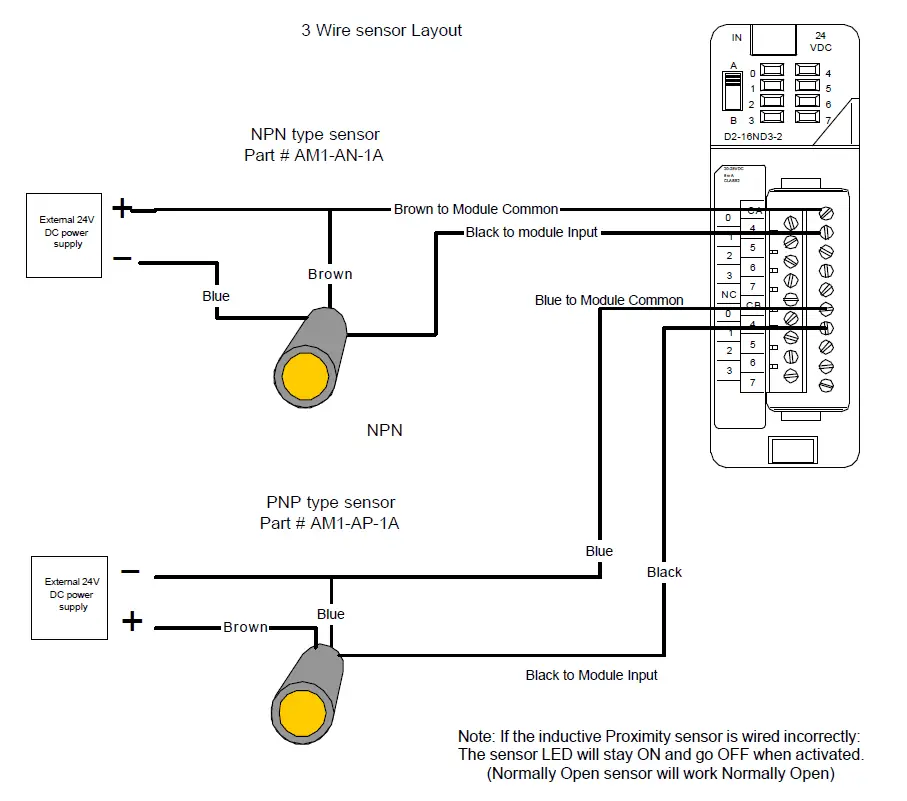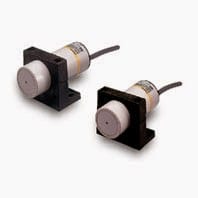Create an Analog Voltage Input Tester for a PLC
We will create a simple and inexpensive analog voltage tester for a PLC using a potentiometer and a 9VDC battery. The potentiometer will be 5K ohms. This should be enough impedance for most analog inputs of the programmable logic controller. (PLC) Voltage impedance for analog voltage inputs is in the megaohm range where the current … Read more

